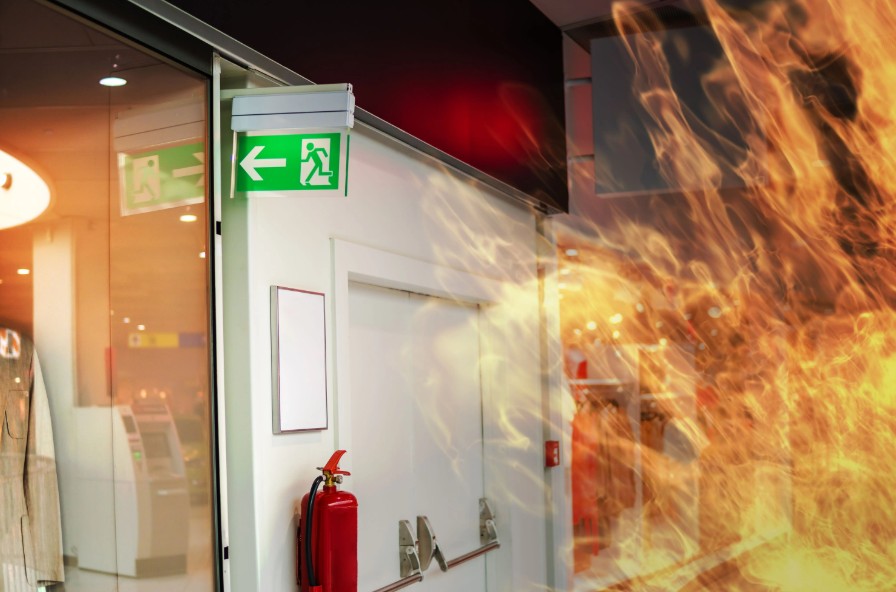
The Alarming Truth: Fire Safety Statistics You Need to Know
Fire safety is a critical concern that affects us all, whether at home, in the workplace, or in public spaces. Understanding fire safety statistics can help us identify potential risks and take necessary precautions to prevent fires. Let’s dive into some alarming fire safety statistics that you need to know:
Home Fire Safety Statistics
– Kitchen Fires: Cooking-related fires account for nearly 50% of home fires, with leaving food unattended while cooking being a major cause.
– Smoke Alarms: Homes with working smoke alarms have a 60% lower death rate compared to those with faulty or no smoke alarms.
– Fire Deaths: Approximately 75% of fire deaths in the US occur in residential structures, with winter months bringing a higher risk of death in home fires.
– Electrical Fires: Overloaded electrical outlets and faulty wiring are common causes of electrical fires, which can be prevented with regular electrical inspections ¹ ².
Workplace Fire Safety Statistics
– Cooking Machinery: Cooking is the leading cause of fires in non-residential buildings, accounting for 30.3% of fires.
– Office Fires: 32% of non-residential fires occur in office spaces, resulting in an estimated $932 million in property damage losses each year.
– Electrical Safety: Almost 5.6% of all workplace deaths are due to contact with electricity, highlighting the importance of electrical safety measures.
– Fire Drills: Regular fire drills and employee training are crucial for ensuring workplace safety and compliance with fire safety regulations ³.
Fire Safety Facts
– Fire Spread: A fire can double in size every 30 to 60 seconds and spread through an entire home in under 5 minutes.
– Smoke Inhalation: Smoke inhalation causes more deaths than burns in house fires, and can impair judgment, making escape more difficult.
– Firefighters: US fire departments respond to over 1.3 million fires each year, with firefighters facing significant risks, including injuries and fatalities ².
Prevention and Preparedness
– Fire Extinguishers: Fire extinguishers can prevent 75% of fire department calls and save $5 billion annually, emphasizing the importance of having working fire extinguishers in homes and workplaces.
– Emergency Planning: Having a well-practiced emergency plan, including escape routes and meeting points, can help ensure everyone’s safety in case of a fire.
– Fire-Resistant Materials: Using fire-resistant materials and maintaining a safe environment can help prevent fires and reduce damage ⁴.
Conclusion
Fire safety statistics reveal alarming trends and patterns that highlight the importance of fire prevention and preparedness. By understanding these statistics and taking necessary precautions, we can reduce the risk of fires and protect ourselves, our loved ones, and our communities. Remember, fire safety is everyone’s responsibility, and staying informed is the first step towards creating a safer environment.





